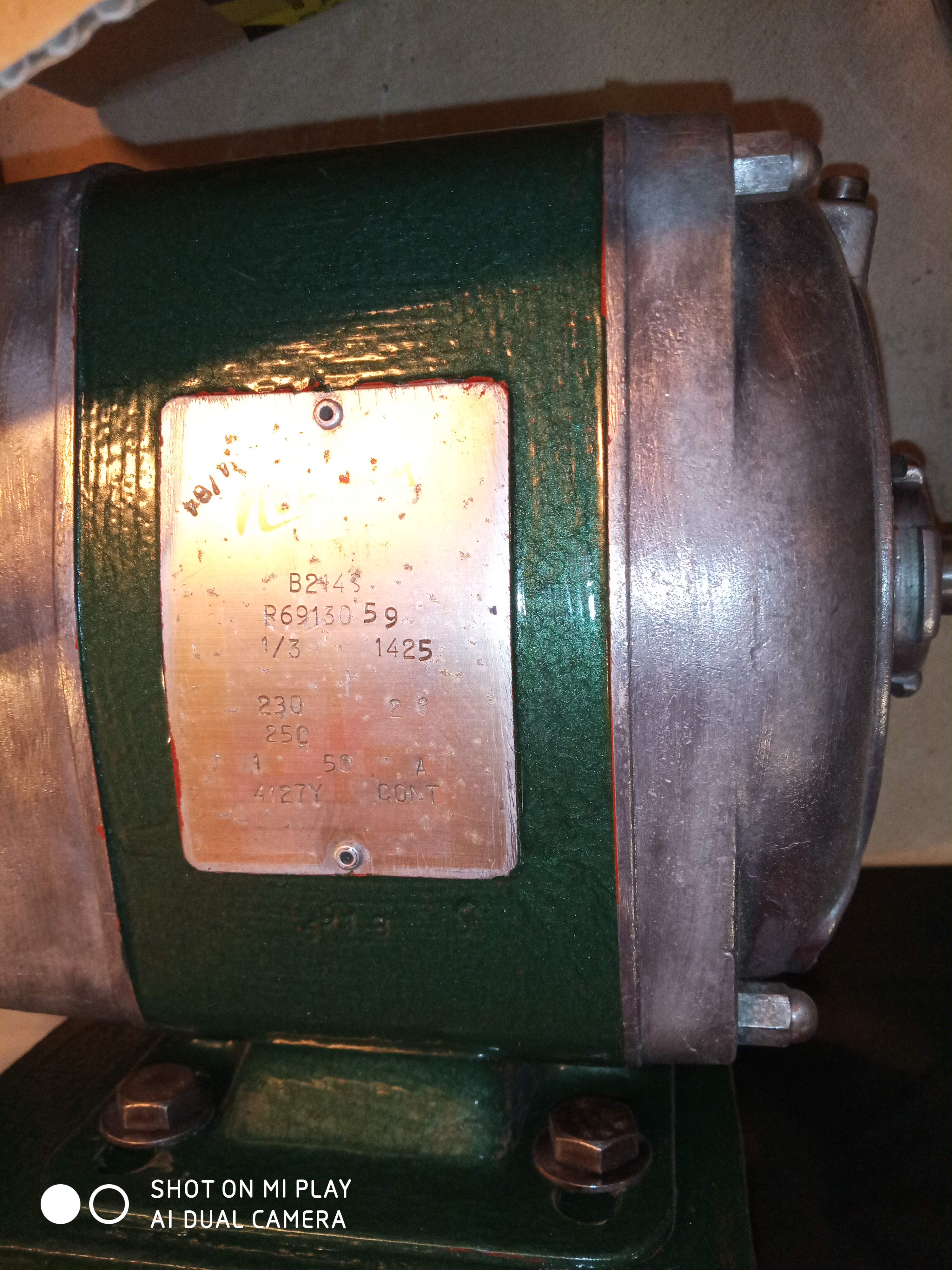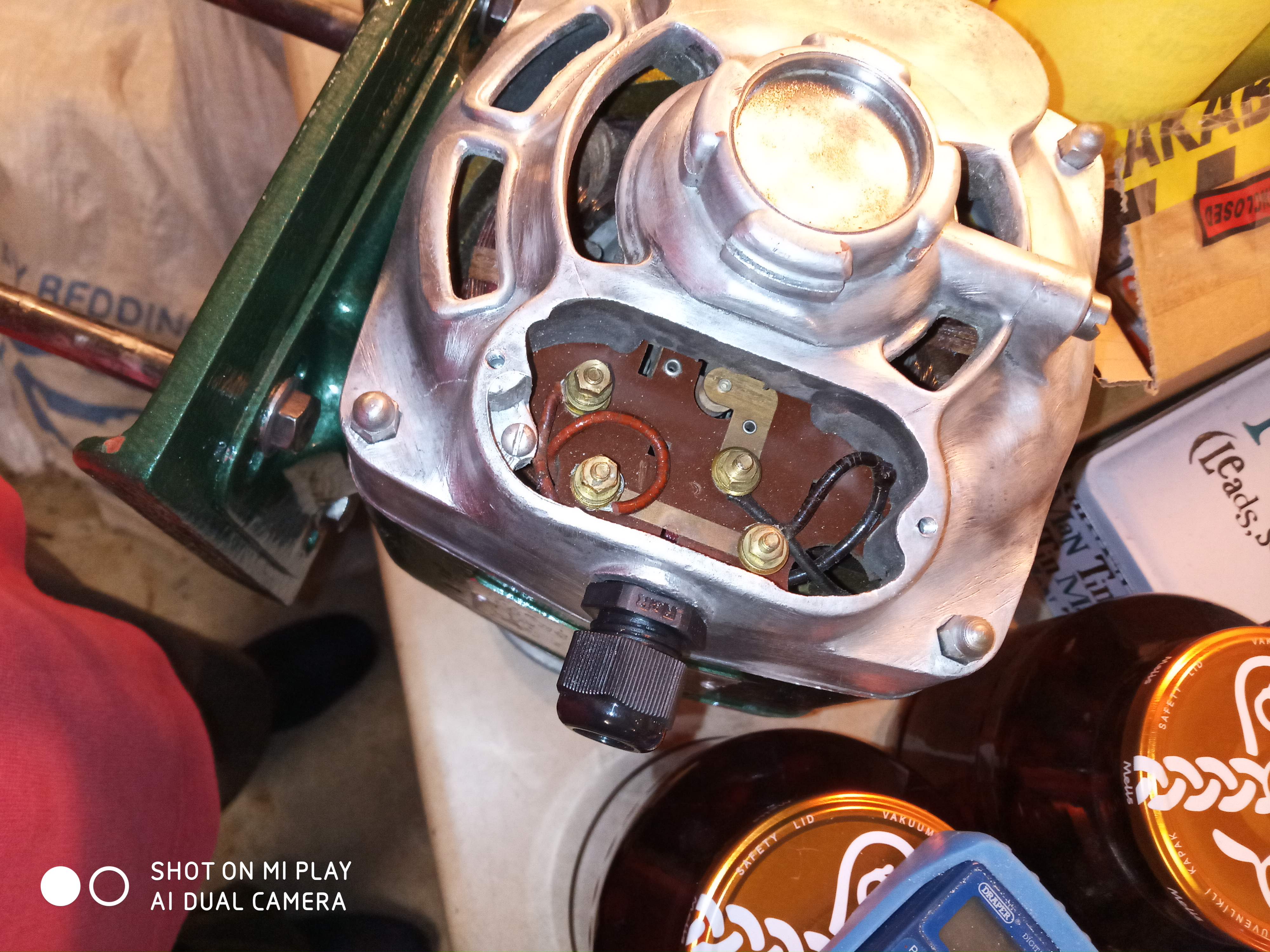Deadeye
Established Member
I took the motor off to clean and re-paint it. Probably a mistake in retrospect 
I also replaced the wiring (plug to switch; switch to motor).
On re-mounting it trips my circuit breaker when switched on. The arbor starts to turn and then the trip goes.
I didn't take the housing off, but suspect some dust/scrapings went in from sanding the outside (no paint; I covered the ends for that).
The fact that there's some movement gives me a glimmer of hope, although that's perhaps just further foolishness.
The motor is a 1/4HP 240V single phase that runs c. 1500 rev/min.
Suggestions? Where to start? Have I buggered it?
I also replaced the wiring (plug to switch; switch to motor).
On re-mounting it trips my circuit breaker when switched on. The arbor starts to turn and then the trip goes.
I didn't take the housing off, but suspect some dust/scrapings went in from sanding the outside (no paint; I covered the ends for that).
The fact that there's some movement gives me a glimmer of hope, although that's perhaps just further foolishness.
The motor is a 1/4HP 240V single phase that runs c. 1500 rev/min.
Suggestions? Where to start? Have I buggered it?









































